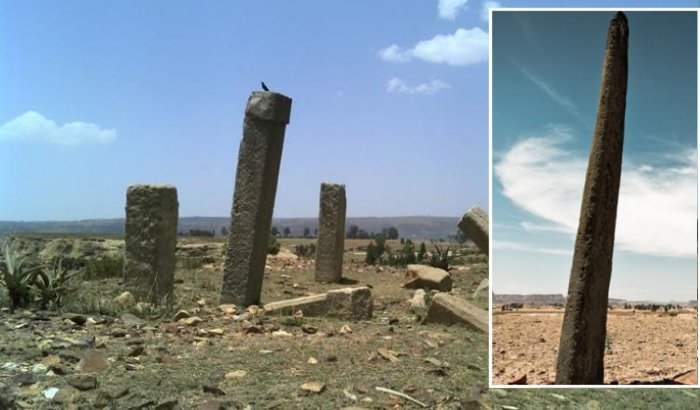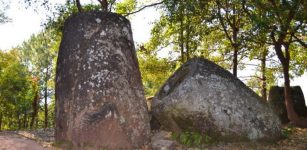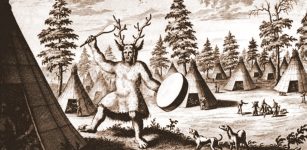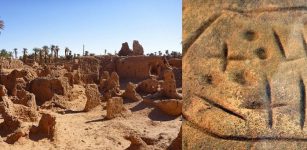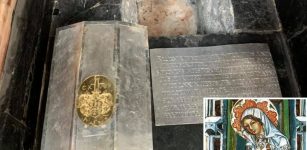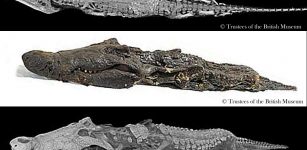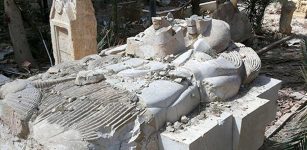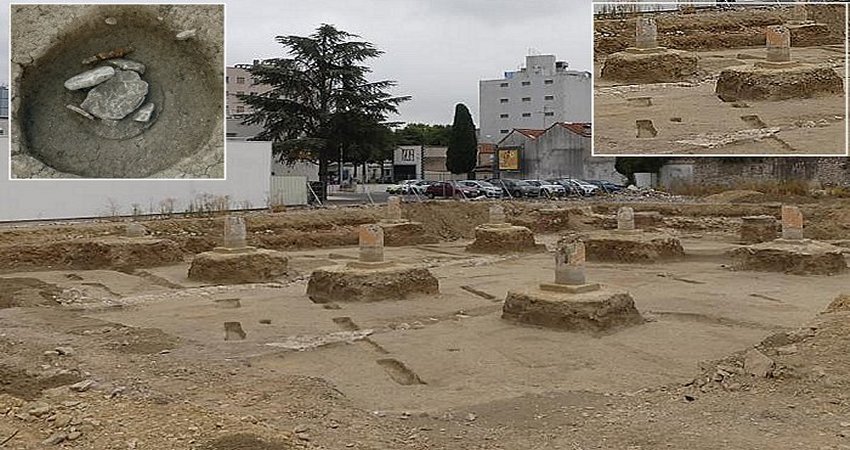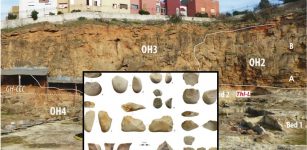New Evidence: Earliest Known Battle Fought By Julius Caesar On Dutch Soil
MessageToEagle.com – Archaeologists from Vrije Universiteit Amsterdam have discovered the location of historic battle fought by the Roman the general of eight legions and statesman, Julius Caesar, who massacred two Germanic tribes in the year 55 BC.
It’s the earliest known battle on Dutch soil.
The location of this battle, which Caesar wrote about in detail in Book IV of his ‘De Bello Gallico’, was unknown to date.

At a press conference held on Friday 11 December in the Allard Pierson Museum in Amsterdam, archaeologist Nico Roymans from the VU Amsterdam announced the site of the massacre at Kessel-Lith in the Dutch river area.
He also reported a discovery and showed weapons and skeletal remains from this battle.
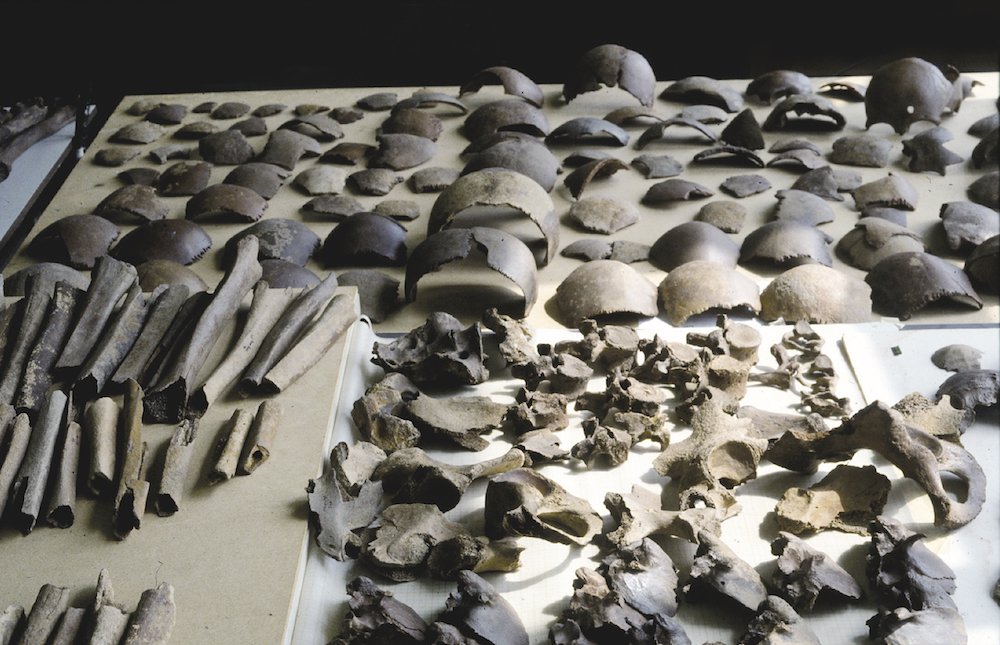
The conclusions are based on a combination of historical, archaeological, and geochemical data. It is the first time that the presence of Caesar and his troops in Dutch territory has been explicitly proven. The finds from this battle include large numbers of skeletal remains, swords, spearheads, and a helmet.
Two tribes the Usipetes and Tencteri originally lived in what would now – Central Germany. They belonged to the La Tène-culture (the “Celts”): Usipetesmeans in the Celtic language “good horsemen”.
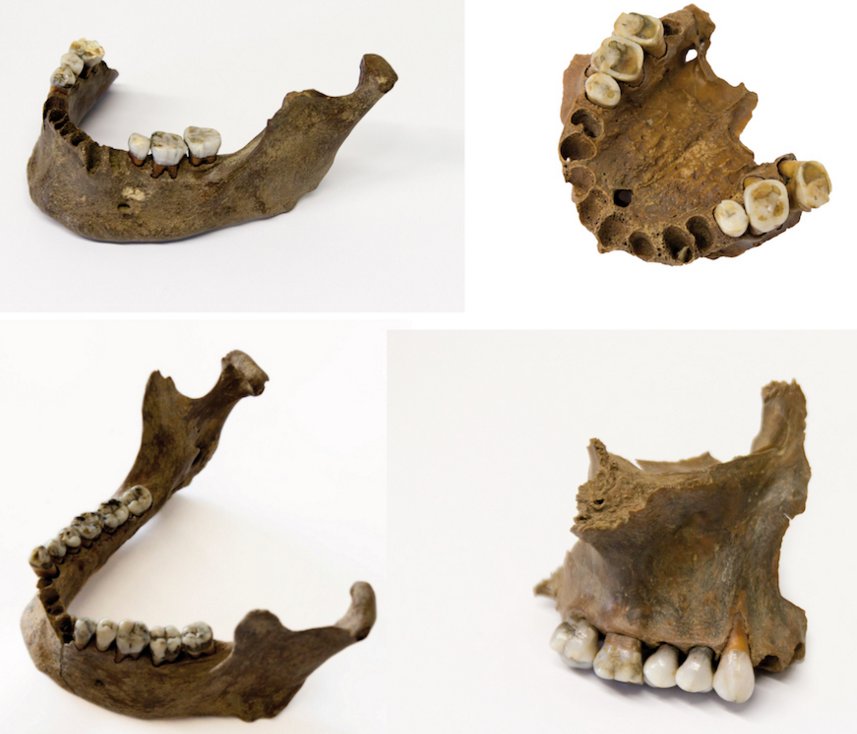
Banished from their homeland by the Suebi, a “real” German tribe arriving from the north in 60 or 59 BC, they arrived in the Dutch river area in 56 BC. They appealed to Caesar for asylum but Caesar rejected their request and ordered his troops to destroy the tribes by violent means, hoping to pose as protector of Gaul against any invader from Germania.

The incident, which illustrates the ruthless nature of Roman aggression, today, it would be considered a genocide.
The discovery in Kessel of large quantities of human skeletal remains, primarily of men but also of women and children, is of great importance. Some of the bones show clear traces of old injuries caused by spears and swords.

Radiocarbon dating has confirmed that the skeletal remains in Kessel do indeed date back to the Late Iron Age. The dental enamel of three individuals also underwent a geochemical analysis for isotopes in the laboratory. The strontium values made it possible to determine that, in all three cases, these were individuals who were not native to the Dutch river area, but originated elsewhere.
This confirms Caesar’s account that the Tencteri and Usipetes were migrant peoples from the region east of the Rhine.
MessageToEagle.com via AncientPages

